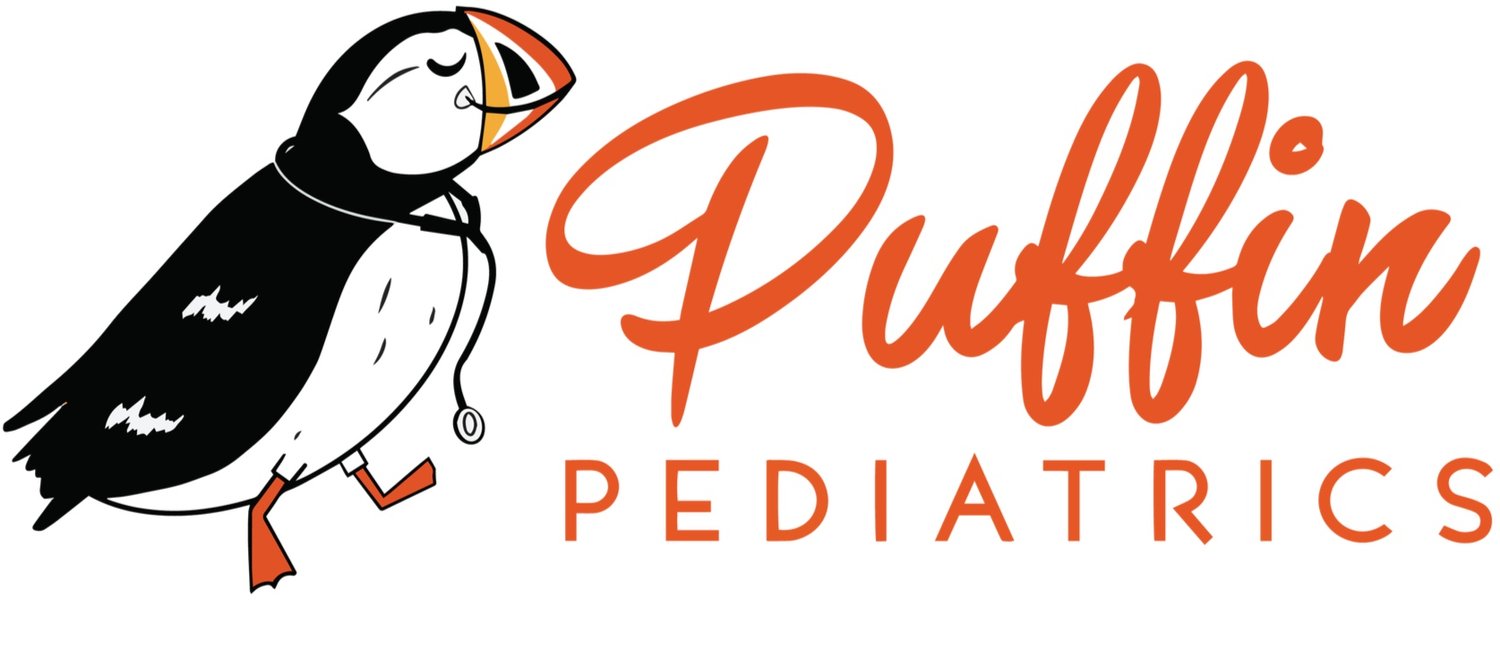Nails
I get so nervous when I am clipping my kiddos’ fingernails! This weekly or monthly endeavor usually includes my kiddos screaming in my face and my wife holding their hands or feet steady while I attempt to shear their tiger claws. It’s like they use them for climbing trees or protection from predators or something and cutting them is preventing them from growing into feral jungle-living kids. Anyhoo, enough about my kids.
I often get questions about the best way to cut nails, especially in babies and infants. Families are always concerned that they need to keep babies’ nails short or else they will scratch themselves on their faces. But the good news is that even if babies do scratch themselves on their face, their skin is so much better at healing itself than our old tired parent skin that we don’t have to worry about those self-inflicted nail scratches causing scars or permanent damage. For cutting babies’ or infants’ nails, I don’t recommend nail clippers, even the baby ones, because it is just too easy to cut a baby’s finger. Where the nail stops and the skin starts is sooo close to each other at this age and often babies’ nails are flat or curved upward, making them even harder to cut with clippers. Because the fingernails at this age are so thin, I always recommend either using a baby nail file or, if they are up for it, using your own teeth to trim the nails. Your teeth and gums are super sensitive and can more easily tell the difference between skin and nails. You can only do this if the parent does not have any sores in their mouth or a history of cold sores or similar mouth sores.
As kids get older and the nails get bigger, it is easier to use a nail clipper after bath or shower time when the nails are the softest. When clipping the nails, make sure to cut straight across. The more curved the nail cutting is, the more likely we cut too much off the sides, which can lead to ingrown nails.
Ingrown nails occur when the edges of the nails start to go into non–nail bed areas of the fingers or toes causing pain, redness, and swelling. Sometimes there is so much irritation that it can lead to infection. If there is no discharge present with the ingrown nail, the best thing to do is to soak the nail in warm water multiple times per day to keep the nail soft so as it grows it will correct itself and grow back on the nail bed areas. If there is discharge or a lot of pain and swelling, the pediatrician should take a look to see if we need any antibiotics to treat an infection. Very rarely do we have to cut the nails away in kids for ingrown nails as we do with adults sometimes.
We can also look at nails to note the general health of kiddos. If there are lines in the nail that run horizontally, that can be a sign of vitamin or nutritional deficiencies. Vertical lines are normal, as are white specks and dots on the nail.
Kids also bite their nails a lot, but so do adults. In tense situations, this can be a coping mechanism. We do our best to try to ignore this behavior as it usually wanes as kids get older. But if kids are biting their nails down to the cuticle, we should address their concerns or anxieties to calm their nerves and allow the nail to grow back well.

